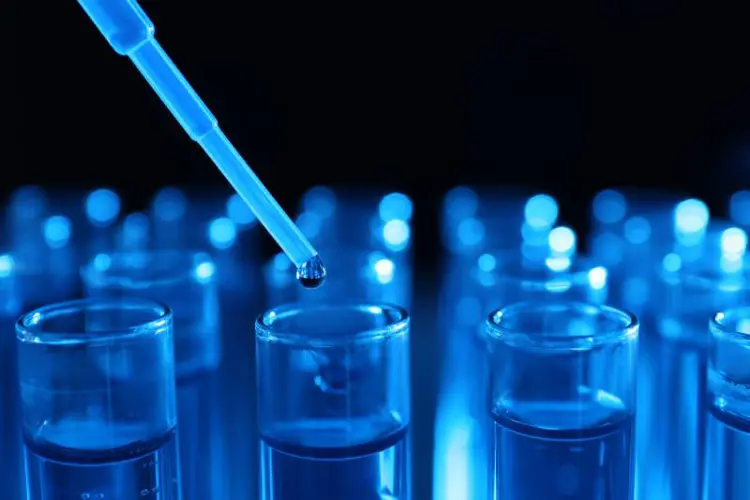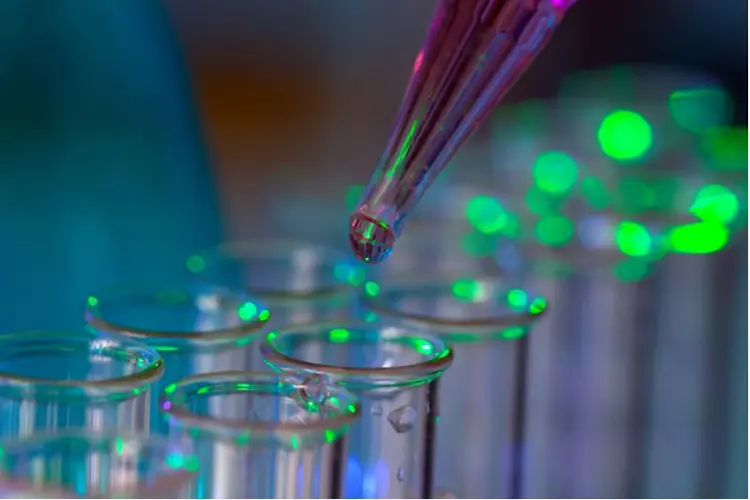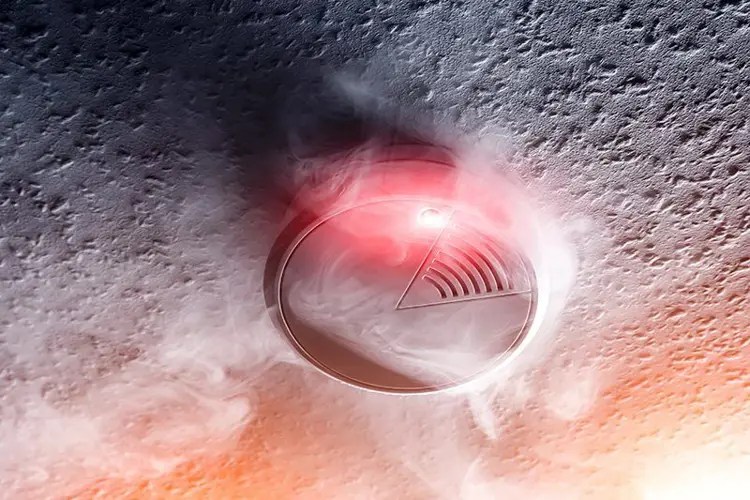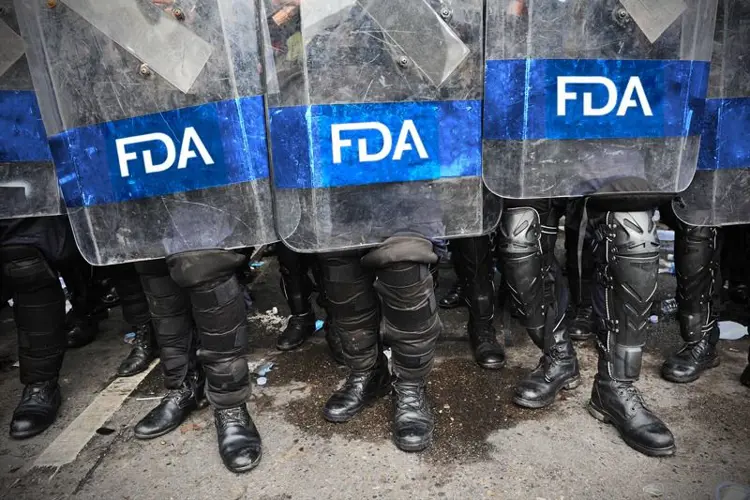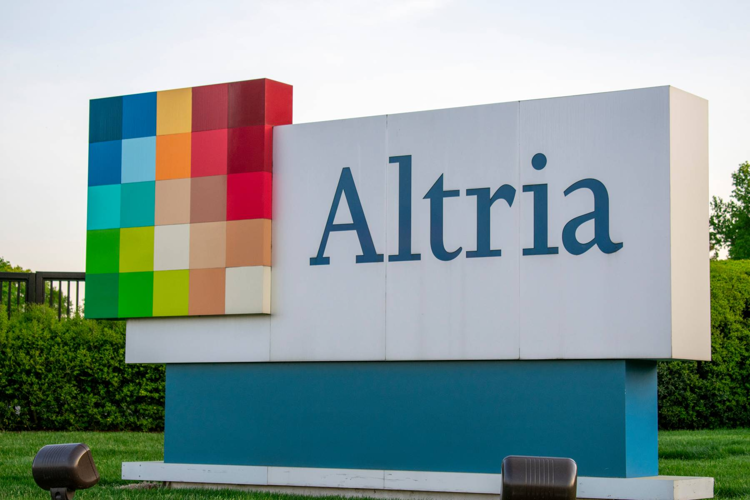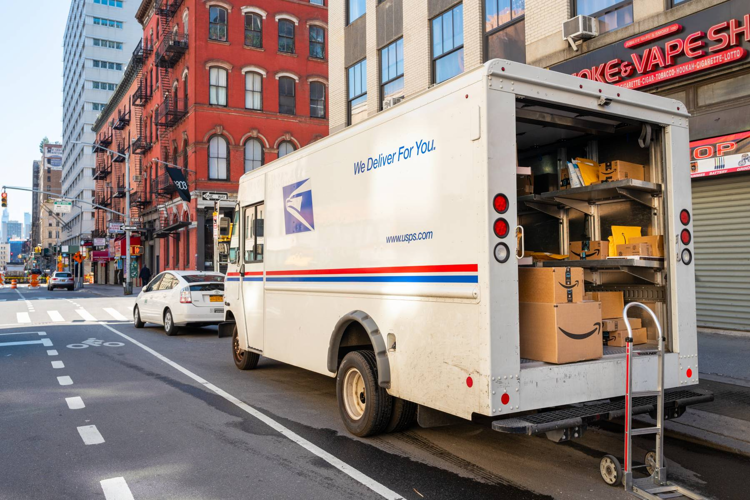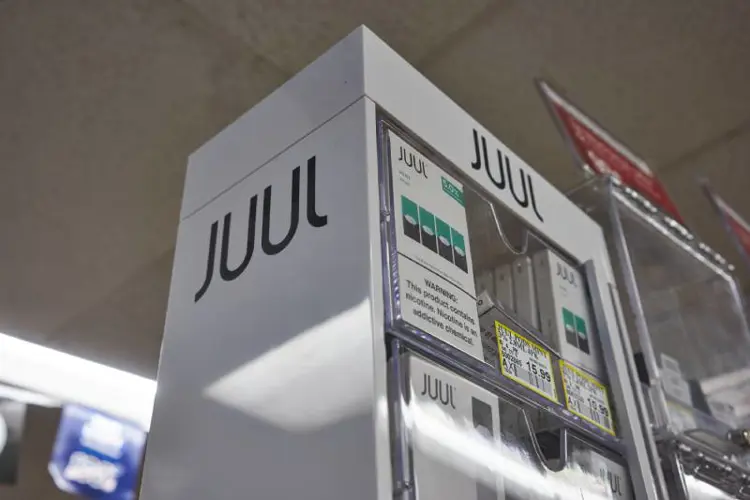Synthetic cannabinoids are on the way, and eventually — when marijuana is legalized federally — the demand for them will grow rapidly to support medical research into the therapeutic uses of the various cannabinoids found in the plant. Lab-produced cannabis compounds have major advantages for pharmaceutical companies.
Last month Zynerba Pharmaceuticals announced it had completed Phase 2 clinical trials of its drug Zygel to treat behavioral symptoms of the chromosomal disorder 22q11.2 Deletion Syndrome (usually called 22q).
Zygel is made from 8,9-dihydrocannabidiol (H2CBD), a synthetic version of the cannabidiol (CBD) found in marijuana and hemp plants. It will probably become the first approved drug made from synthetic CBD.
Zygel had been fast-tracked by the FDA, and is being tested by Zynerba for treatment of the behavioral symptoms of several disorders, including 22q, Fragile X Syndrome, developmental and epileptic encephalopathies (DEE), and autism spectrum disorder.
CBD has long been used informally for treating a variety of health problems, including seizures, pain, anxiety and insomnia.
H2CBD, the synthetic used in Zygel, has also been found effective in treating seizure disorders in rats. Scientists at the University of California-Davis intend to conduct clinical trials soon, with the hope of developing a drug that could compete with Epidiolex for treatment of epilepsy.
In 2018, the FDA approved Epidiolex, a CBD-based medicine effective in treating seizures in patients with certain kinds of epilepsy. Epidiolex was also granted fast-track status by federal drug regulators before successful trials led to approval last June. Unlike Zygel though, the CBD in Epidiolex is extracted from industrial hemp, like most consumer CBD products.
CBD has long been used informally for treating a variety of health problems, including seizures, pain, insomnia and CBD for anxiety. Likewise, CBD’s cousin tetrahydrocannabinol (THC) has been used to treat nausea, anorexia, pain and glaucoma. There is a synthetic THC called dronabinol, sold by prescription under the name Marinol, mainly to treat the effects of cancer therapy.
Extracting CBD from hemp is still much less expensive than creating it in a lab.
There are two ways to create CBD (or other cannabinoids) in a lab. The compounds can either be cultured in an organic base like fermenting yeast (biosynthetic), or created using petroleum-based chemicals that simulate the structure of the chemicals in cannabis (synthetic).
“If you think of aspirin, for example, it was originally discovered in the bark of a willow tree,” Cardiol Therapeutics Inc. CEO David Elsley told the Financial Post. “But today, we don’t have forests of willow trees to extract aspirin because it was chemically synthesized many years ago.”
“It is absolutely inevitable that synthetic cannabinoids are going to become a large part of the cannabis industry,” said Elesey. “History teaches us that to ultimately make any medicine widely accessible to the public, it has to be made pharmaceutically at an affordable cost.”
Advantages of synthetic cannabinoids
There are good reasons researchers and pharma manufacturers might prefer using synthetic CBD versus extracting the cannabinoid from hemp plants.
That doesn’t mean that synthetics will replace natural cannabinoids for most consumers. Extracting CBD from hemp is still much less expensive than creating it in a lab. But while THC and CBD are relatively abundant in cannabis plants and easy to extract, lesser cannabinoids like CBG and THCV are only found in tiny quantities.
For those compounds, synthetic production will be much more cost effective. And as the need for research into the effects of all the minor cannabinoids grows with widespread legalization, there will be a need for reliable production sources. Companies are already investing vast quantities of money in such research, and we’re at the very beginning.
CBD as found in the cannabis plant has existed for many thousands of years and can’t be patented.
“There are over 100 cannabinoids in the plant,” equity research analyst David Kideckel told the Financial Post. “While THC and CBD can be readily extracted from the plant, it is the rare cannabinoids that you can’t get right now. In a lab, it does not matter what you’re producing, the cost remains the same.”
Additional advantages of synthetics, according to some producers of CBD and other cannabinoids, are purity and consistency. Lab-made CBD avoids heavy metals from the dirt plants are grown in, pesticide residue, and extraction solvents like butane. Also avoided are problems caused by weather and climate change. Yeast in a laboratory is impervious to droughts and heat waves.
Finally, money drives innovation in pharmaceuticals. CBD as found in the cannabis plant has existed for many thousands of years and can’t be patented. But synthetic cannabinoids can be combined with other compounds to create a new (and patentable) product.
“Within this medical space, the best way to make a profit from CBD is patent it," cannabis investor Alex Somjen wrote in Green Entrepreneur, "and the only way to patent this compound that’s in the public domain is to combine CBD with newly discovered proprietary compounds that are proven to have medical benefit."
The Freemax REXA PRO and REXA SMART are highly advanced pod vapes, offering seemingly endless features, beautiful touchscreens, and new DUOMAX pods.
The OXVA XLIM Pro 2 DNA is powered by a custom-made Evolv DNA chipset, offering a Replay function and dry hit protection. Read our review to find out more.
The SKE Bar is a 2 mL replaceable pod vape with a 500 mAh battery, a 1.2-ohm mesh coil, and 35 flavors to choose from in 2% nicotine.
Because of declining cigarette sales, state governments in the U.S. and countries around the world are looking to vapor products as a new source of tax revenue.
The legal age to buy e-cigarettes and other vaping products varies around the world. The United States recently changed the legal minimum sales age to 21.
A list of vaping product flavor bans and online sales bans in the United States, and sales and possession bans in other countries.







